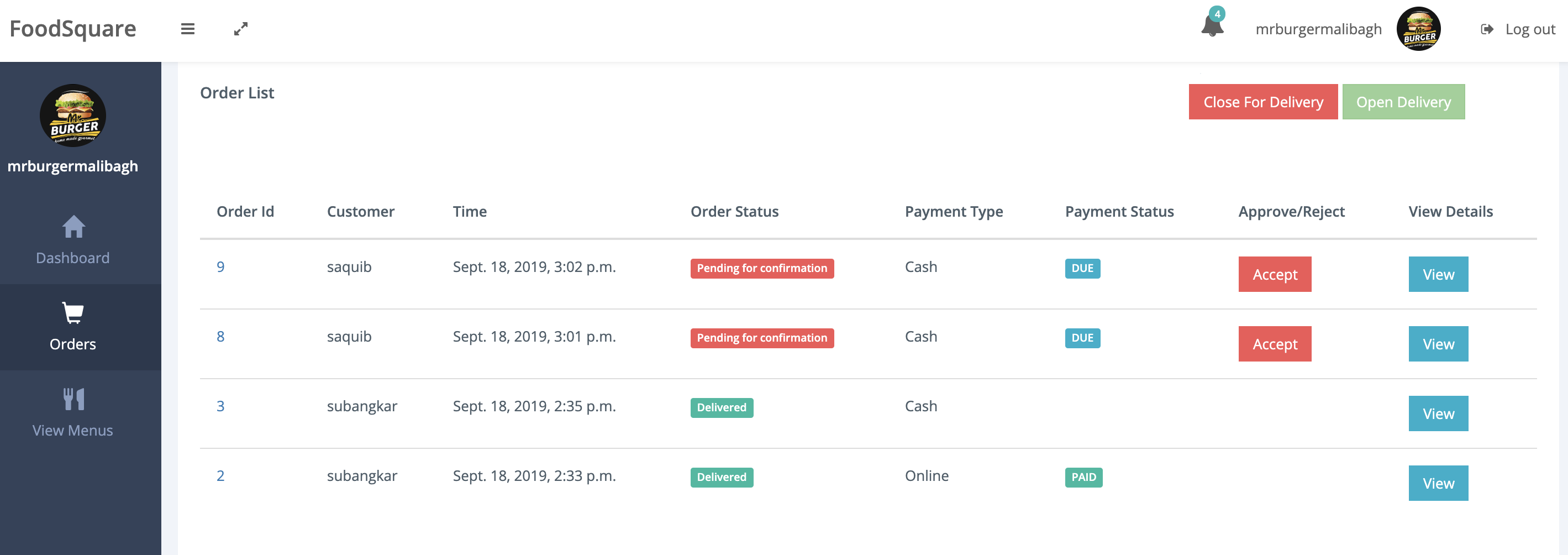

#Video hub app github registration#
#Video hub app github how to#
Let’s explore how to configure these components at scale and automate it in a programmatic way.ģ) Automate the deployment of Defender for Cloud at scaleġ. REST API, Azure Policy, Azure CLI, PowerShell While Defender for Cloud has many capabilities mapped to different configurable components, this article’s example will focus on configuring the following: Security Admin is a role suited for users who enable components of Microsoft Defender for Cloud (i.e., perform enabling/disabling of Defender for Cloud plans, dismissing of security alerts, etc.).Īfter considering this best practice guidance, you can explore which components of Defender for Cloud are configurable.Ģ) Guided inventory of the configurable components within Microsoft Defender for Cloud Security Reader is the least privilege role when it comes to consuming information from Microsoft Defender for Cloud.

#Video hub app github code#

Then whenever there is a change to IaC you put under version control, you can use DevOps tools to programmatically deploy these changes to your Azure environment. The idea behind using this approach is to firstly use IaC to describe the desired state of your environment and put it under version control, in this case GitHub. For CI/DC you can use DevOps tools and combine it with IaC templates and version control. This is widely referred to as Continuous Integration/Continuous Delivery (CI/CD). In addition to tracking changes to your IaC templates, it’s important to test and deploy code from these templates to your Azure environment. There are benefits of adopting this approach, as you can use version control for your IaC templates to track changes. Infrastructure as Code (IaC) is particularly interesting as it ties into DevSecOps and allows you to use Bicep, Azure Resource Manager (ARM), Terraform, and CloudFormation templates to describe the infrastructure of your cloud environment as code. You might already be familiar with some of these options, as they’re commonly used for automating deployment and management tasks in Azure. The following article will show how you can deploy and manage Microsoft Defender for Cloud at scale using a variety of options, including: We hear from Microsoft partners and customers, that not leveraging a more efficient approach when it comes to deploying and managing Microsoft Defender for Cloud, tends to take more time and cost more in resources. This article aims to answer these questions and more.



 0 kommentar(er)
0 kommentar(er)
